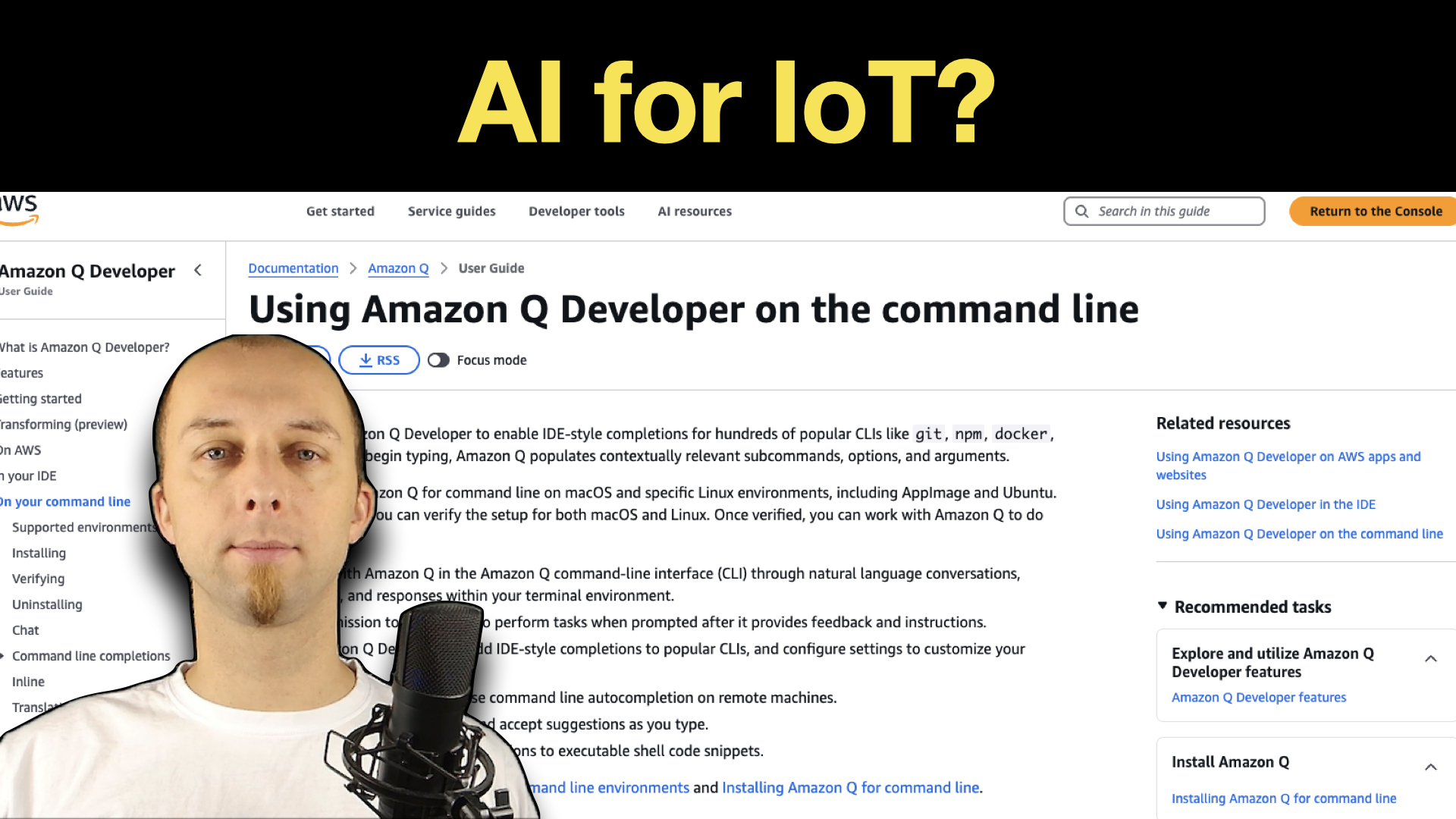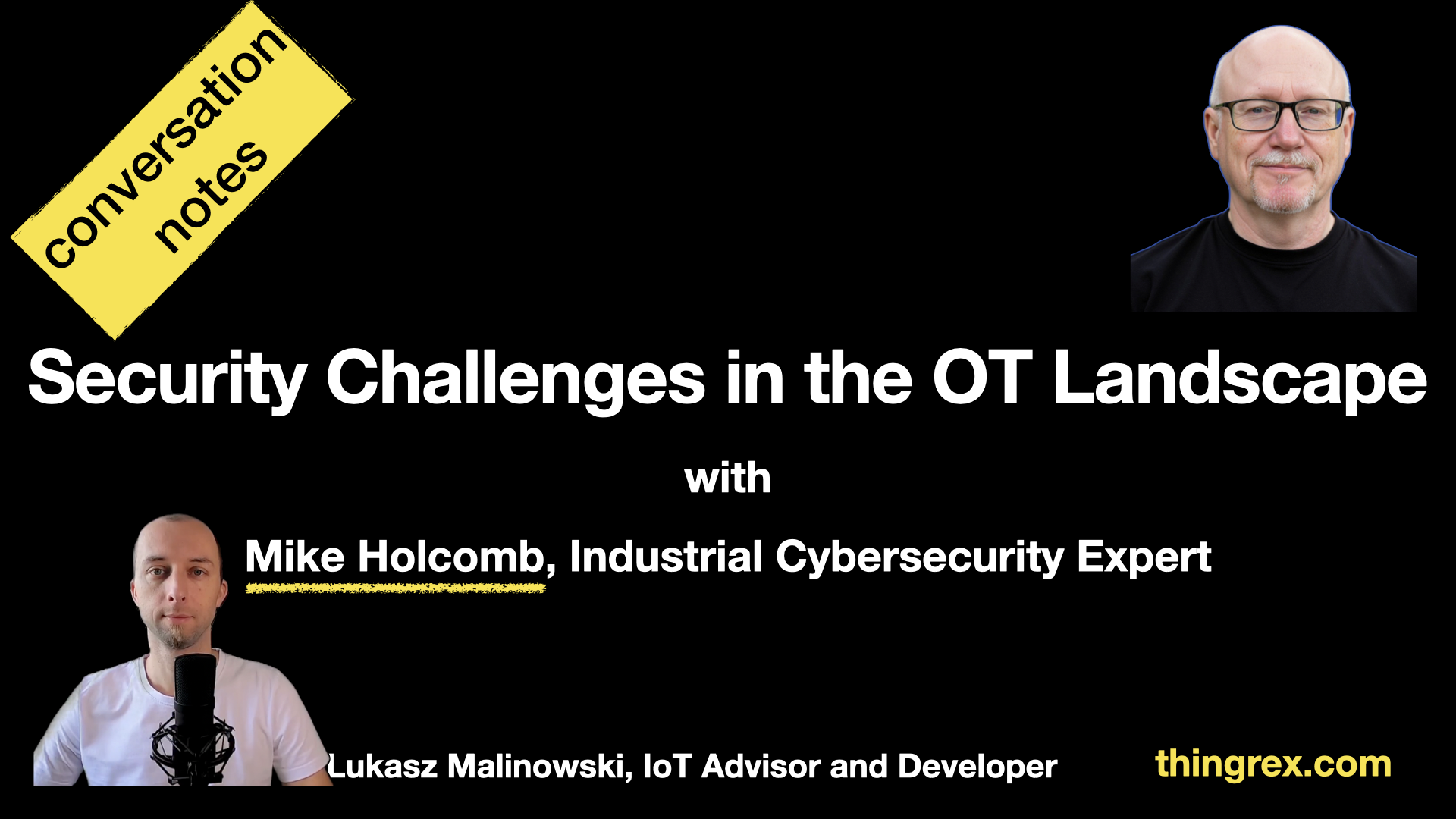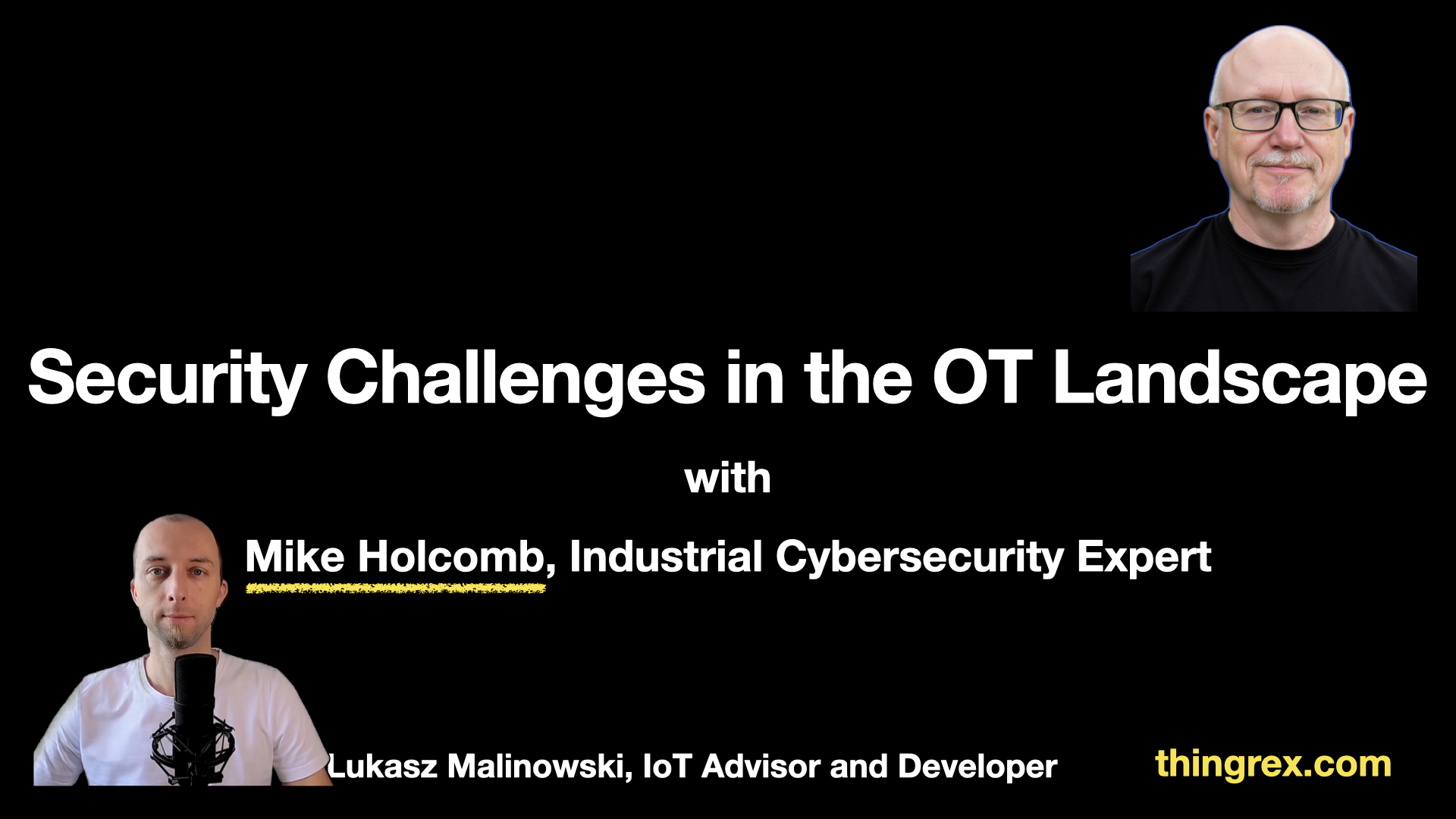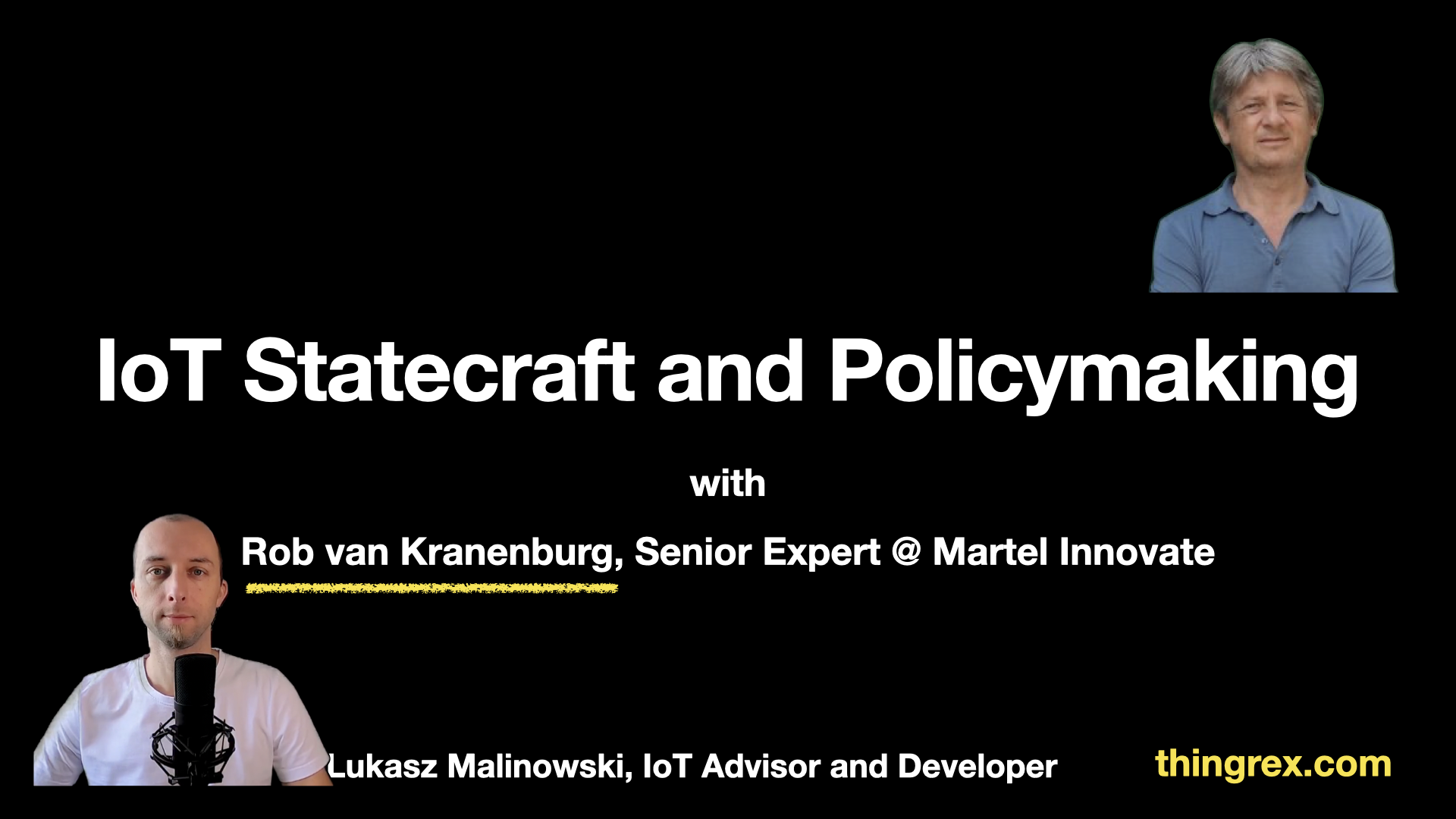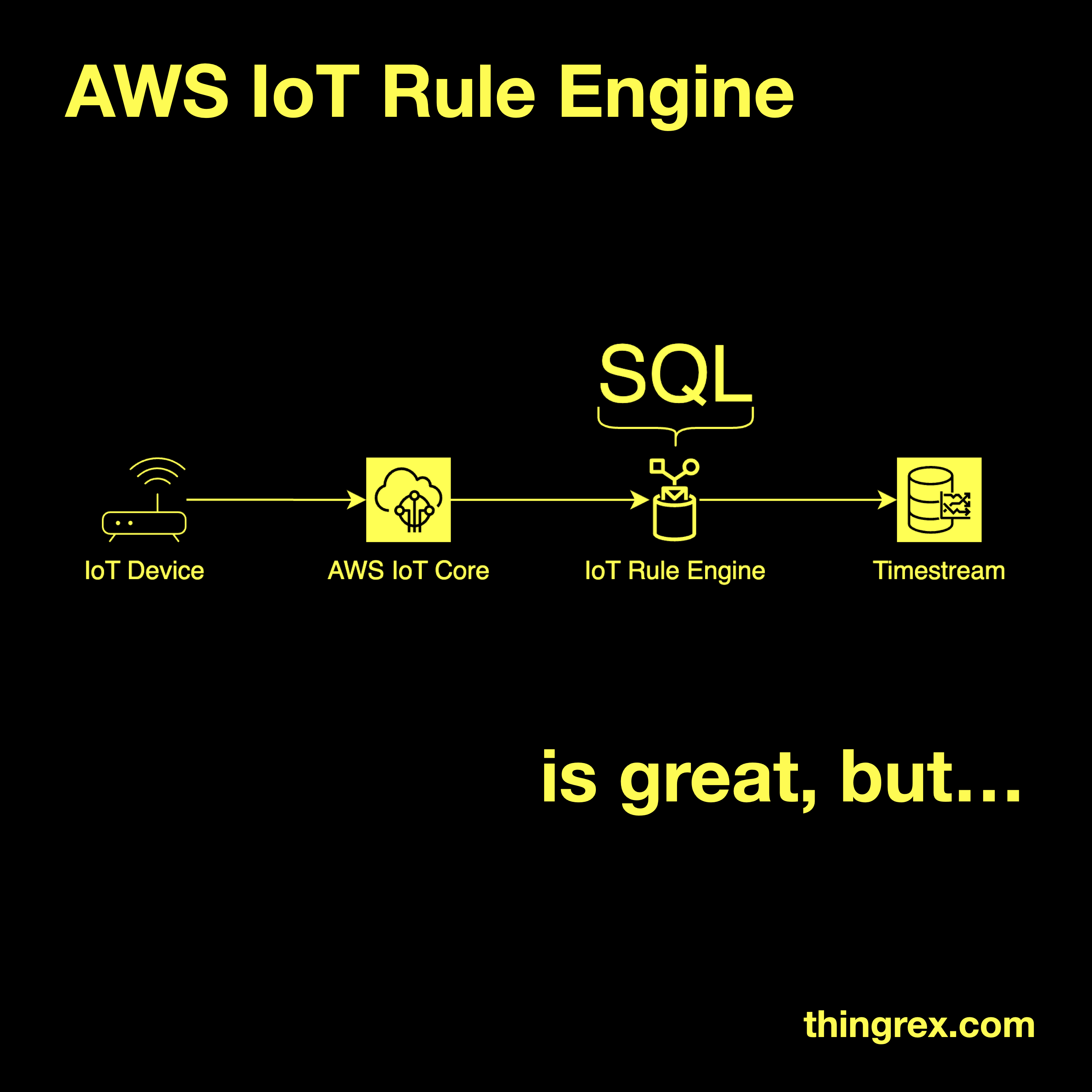Best AI for IoT?
Intro I’ve been using Amazon Q for command line for a few days building AWS IoT solutions…
Summary: It is one of the best AI tools for backend development I’ve ever tried!
More detailed thoughts and experiences Amazon Q chat, used from the command line, fluently navigates between the local source code and existing AWS infrastructure, providing end-to-end visibility and suggesting tailored modifications. I used various AI tools for AWS IoT development and must admit that Q is clearly the best option based on my experience.


